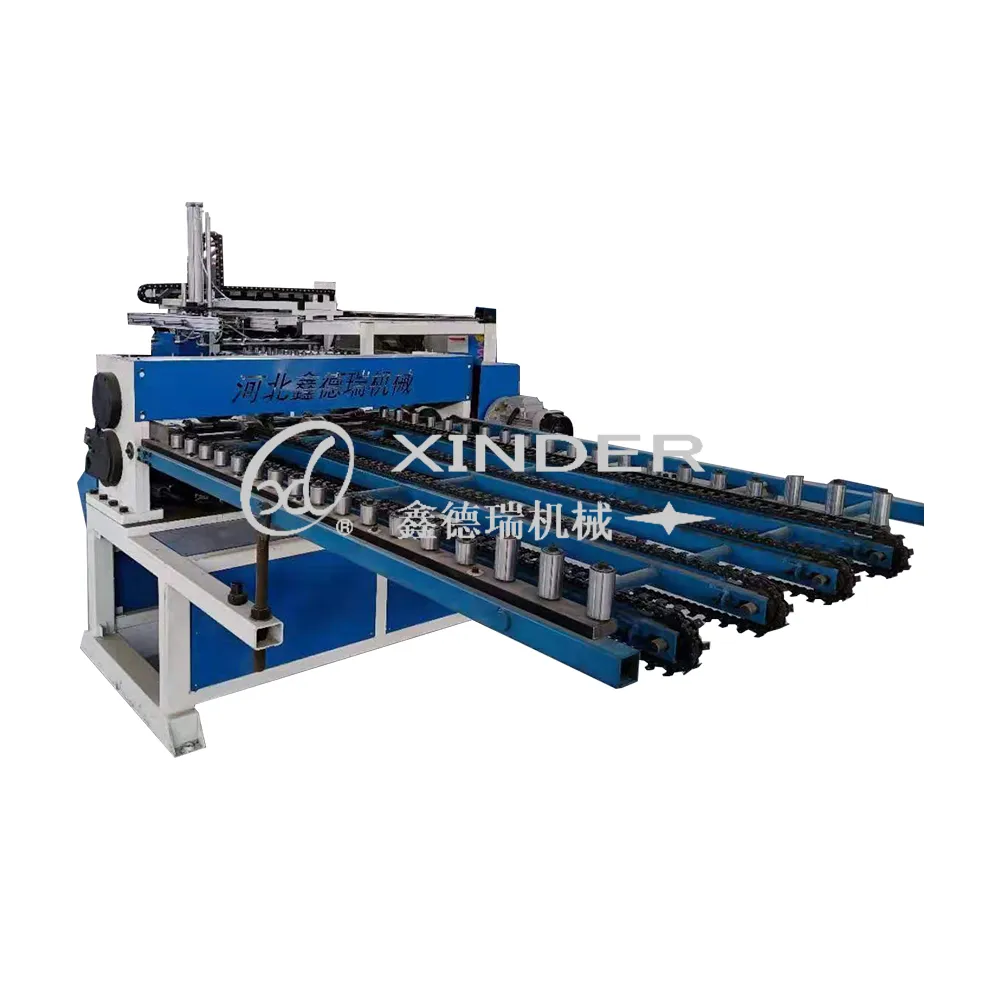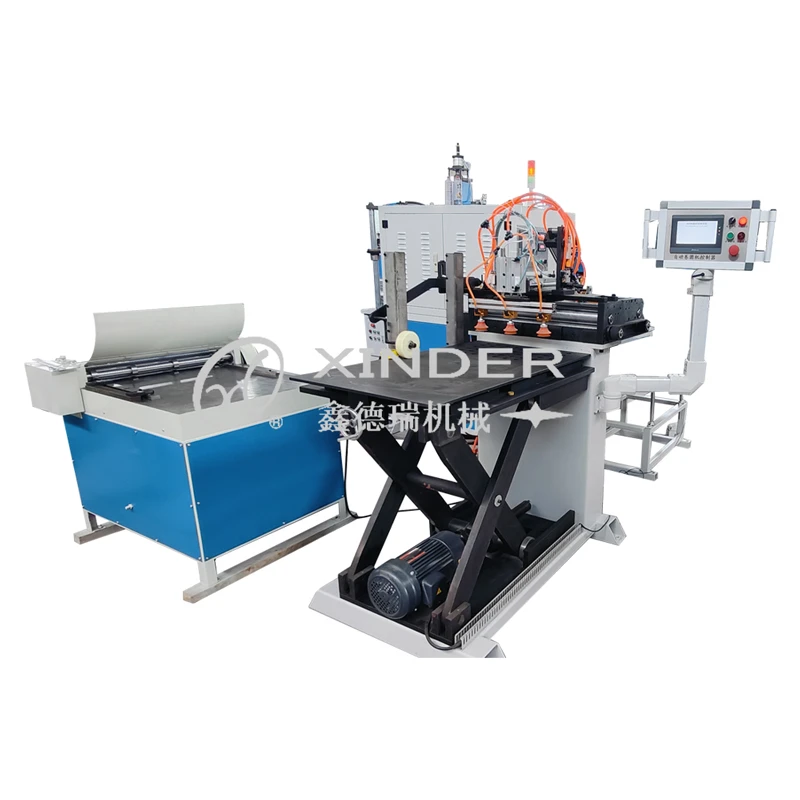-
 8613931787312
8613931787312 -
 Botou Industrial Zone on the east side of National Highway 104, Botou City, Hebei Province
Botou Industrial Zone on the east side of National Highway 104, Botou City, Hebei Province
- Afrikaans
- Albanian
- Amharic
- Arabic
- Armenian
- Azerbaijani
- Basque
- Belarusian
- Bengali
- Bosnian
- Bulgarian
- Catalan
- Cebuano
- Corsican
- Croatian
- Czech
- Danish
- Dutch
- English
- Esperanto
- Estonian
- Finnish
- French
- Frisian
- Galician
- Georgian
- German
- Greek
- Gujarati
- haitian_creole
- hausa
- hawaiian
- Hebrew
- Hindi
- Miao
- Hungarian
- Icelandic
- igbo
- Indonesian
- irish
- Italian
- Japanese
- Javanese
- Kannada
- kazakh
- Khmer
- Rwandese
- Korean
- Kurdish
- Kyrgyz
- Lao
- Latin
- Latvian
- Lithuanian
- Luxembourgish
- Macedonian
- Malgashi
- Malay
- Malayalam
- Maltese
- Maori
- Marathi
- Mongolian
- Myanmar
- Nepali
- Norwegian
- Norwegian
- Occitan
- Pashto
- Persian
- Polish
- Portuguese
- Punjabi
- Romanian
- Russian
- Samoan
- scottish-gaelic
- Serbian
- Sesotho
- Shona
- Sindhi
- Sinhala
- Slovak
- Slovenian
- Somali
- Spanish
- Sundanese
- Swahili
- Swedish
- Tagalog
- Tajik
- Tamil
- Tatar
- Telugu
- Thai
- Turkish
- Turkmen
- Ukrainian
- Urdu
- Uighur
- Uzbek
- Vietnamese
- Welsh
- Bantu
- Yiddish
- Yoruba
- Zulu
seam welder
Seam Welding An Overview of Technique and Application
Seam welding is an industrial process that plays a crucial role in the manufacturing sector, particularly in the fabrication of metal components. This welding technique is primarily used to join overlapping metal pieces together along a seam, resulting in a continuous bond. Unlike many other welding methods, seam welding uses a combination of heat and pressure applied cyclically to form the weld while minimizing distortion and maintaining the integrity of the materials involved.
The Process of Seam Welding
The seam welding process involves the use of a specialized machine that incorporates two copper alloy electrodes. These electrodes conduct electricity and apply pressure to the workpieces. Here’s a breakdown of the operational steps involved in seam welding
1. Preparation The metal sheets or components to be welded are aligned carefully to ensure a correct overlap. Cleanliness is paramount; any dirt, grease, or oxidation must be removed to ensure strong electrical contact and prevent weld defects.
2. Positioning Once prepared, the materials are positioned under the seam welder. The welder is equipped with a mechanism to secure the pieces in place throughout the welding process.
3. Welding Cycle The electrodes make contact with the workpieces, and an electric current is passed through them. The resistance to the flow of current generates heat at the interface of the metal sheets. This heat melts the metal, while the pressure from the electrodes ensures a solid bond forms as the materials coalesce.
4. Cooling After the desired weld size is achieved, the current is stopped, and the electrodes retract. The seam is then allowed to cool, transitioning from a molten state back to solid. The short duration of heating minimizes the heat-affected zone, which is crucial for maintaining the mechanical properties of the metals.
Types of Seam Welding
There are two primary types of seam welding techniques continuous seam welding and spot seam welding.
- Continuous Seam Welding As the name suggests, this process involves a continuous application of welding to form a long, continuous joint. This method is highly efficient and is often utilized in the production of items such as tanks, pipes, and automotive body parts.
- Spot Seam Welding In contrast, spot seam welding works by welding in specific spots along the seam. This method is effective for creating welds that do not require a continuous bond, offering better flexibility in production applications.
seam welder

Advantages of Seam Welding
Seam welding offers several benefits that make it a preferred method for many manufacturing processes
1. Speed The automated nature of seam welding allows for rapid production cycles, which is critical in high-volume manufacturing settings.
2. Strength The resulting welds possess excellent tensile strength and fatigue resistance, making them suitable for demanding applications.
3. Reduced Distortion Given the relatively low heat concentration compared to other welding processes, seam welding minimizes distortion, leading to products that adhere closely to design specifications.
4. Versatility Seam welding is adaptable to different materials, including steel, stainless steel, and aluminum, broadening its application scope across industries.
Applications of Seam Welding
Seam welding finds widespread application across various industries. In the automotive sector, it is commonly used to manufacture car bodies, fuel tanks, and exhaust systems. Electronics also benefit from seam welding in the production of battery cases and other enclosures.
Moreover, the food and beverage industry employs seam welding technologies in the creation of cans and packaging. In construction, seam welding aids in producing pipelines and structural components that require durability and resistance to pressure and corrosion.
Conclusion
In summary, seam welding is an innovative and essential technique within modern manufacturing. Its ability to efficiently and effectively join metal components has made it a linchpin in the production processes of numerous industries. With advancements in technology and welding machinery, seam welding continues to evolve, pushing the boundaries of what is possible in metal fabrication and assembly. As industries demand higher production rates and enhanced material performance, seam welding will undoubtedly remain a key player in the future of manufacturing.
-
The Rise of Laser Welding in Global Manufacturing: Spotlight on China’s Competitive EdgeNewsJun.05,2025
-
The Power of Precision: Exploring the Role of Automatic Seam Welding Machines in Modern ManufacturingNewsJun.05,2025
-
The Essential Guide to Can Welding Machines: Revolutionizing the Packaging IndustryNewsJun.05,2025
-
Resistance Welding Equipment: A Smart Investment for Industrial ManufacturingNewsJun.05,2025
-
Precision Welding for Modern Manufacturing: The Rise of Automatic Seam Welding MachinesNewsJun.05,2025
-
Laser Welding for Stainless Steel: The Precision Edge in Modern Metal FabricationNewsJun.05,2025
-
The Modern Evolution of Barrel Production: Technology, Machines, and Market PricingNewsMay.22,2025
-
 Fully Automatic Kaiping Production LineOct . 17, 2024
Fully Automatic Kaiping Production LineOct . 17, 2024 -
 Fully Automatic Metal Bucket Lifting HeadphonesSep . 14, 2024
Fully Automatic Metal Bucket Lifting HeadphonesSep . 14, 2024 -
 Automatic Rolling MachineSep . 14, 2024
Automatic Rolling MachineSep . 14, 2024

